In Japan, flowers are storytellers, timekeepers, and cultural messengers. From the fleeting blush of sakura (桜, cherry blossoms) to the vibrant carpets of akizakura (秋桜, cosmos), blooms shape the rhythm of life through hanakotoba (花言葉) the language of flowers. Whether you’re planning your first trip to Japan or simply wish to bring a touch of Japanese elegance into your home, exploring these blooms offers a window into the country’s artistry, seasons, and soul.
To help maintain your beautiful flower garden consider shopping our collection of garden tools!
Famous Flower Viewing Locations in Japan
Japan’s geography and four distinct seasons create an ever‑changing floral landscape. Here are iconic places to enjoy flowers at their peak:
- Ashikaga Flower Park (Tochigi): Breathtaking fuji (藤, wisteria) tunnels, including rare pale lilac and yellow varieties.
- Kawachi Fujien Wisteria Garden (Fukuoka): A private garden where wisteria cascades like pastel waterfalls in late April to early May.
- Hitachi Seaside Park (Ibaraki): Endless spring nemophila (baby blue eyes) and autumn kochia (summer cypress).
- Furano Flower Fields (Hokkaidō): July lavender turns the hills into aromatic purple waves.
- Nabana no Sato (Mie): Seasonal flower displays and magical winter illuminations.
- Jōetsu Lotus Festival (Niigata): Ponds carpeted with hasu (蓮, lotus) in midsummer.
- Tonami Tulip Fair (Toyama): Over 3 million tulips bloom each spring.
- Meigetsuin Temple (Kamakura): The “Hydrangea Temple,” thousands of ajisai (hydrangea) in early summer.
- Kochia Hill (Ibaraki): In autumn, kochia bushes turn fiery red.
- Kairakuen Garden (Mito): One of Japan’s Three Great Gardens, famous for ume (plum blossoms).
- Makino Botanical Garden (Kōchi): A living tribute to botanist Tomitarō Makino with seasonal native flora.
- Flower Park Kagoshima (Kagoshima): Subtropical blooms with year‑round displays.
- Kuju Flower Park (Ōita): Panoramic highland fields of seasonal flowers.
- Tsurumi Ryokuchi Park (Osaka): Legacy gardens from Expo ’90 with seasonal flower beds.

The Language of Flowers: Hanakotoba and Symbolism
Hanakotoba assigns emotional messages to flowers, making them subtle forms of communication. Below are beloved blooms and their meanings.
| Japanese Name | English Name | Season | Hanakotoba (Meaning) | Where to See Them |
|---|---|---|---|---|
| 桜 (Sakura) | Cherry Blossom | Spring | Beauty, impermanence, renewal | Nationwide parks; Tokyo; Kyoto |
| 梅 (Ume) | Plum Blossom | Late winter–spring | Elegance, faithfulness | Kairakuen Garden (Mito) |
| 藤 (Fuji) | Wisteria | Late spring | Love, elegance, tenderness | Ashikaga; Kawachi Fujien |
| 菊 (Kiku) | Chrysanthemum | Autumn | Longevity, rejuvenation, nobility | Imperial gardens; Kiku Matsuri |
| 向日葵 (Himawari) | Sunflower | Summer | Radiance, adoration, positivity | Hokkaidō; Hokuryū |
| 紫陽花 (Ajisai) | Hydrangea | Early summer | Gratitude, apology, family | Kamakura; Hakone |
| 朝顔 (Asagao) | Morning Glory | Summer | Ephemeral beauty, brief love | Traditional home gardens |
| 彼岸花 (Higanbana) | Red Spider Lily | Autumn | Farewell, final parting | Temple grounds; countryside |
| 菖蒲 (Shobu) | Iris | Late spring | Courage, protection, good news | Gunma; Nabana no Sato |
| 桜草 (Sakurasou) | Japanese Primrose | Spring | First love | Wetlands; gardens |
| 菫 (Sumire) | Violet | Spring | Modesty, sincerity | Gardens; stone walls |
| 椿 (Tsubaki) | Camellia | Winter | Humility, discretion, perfect love | Nagasaki; Izu Ōshima |
| 桃 (Momo) | Peach Blossom | Spring | Charm, captivating personality | Yamanashi; Koga Park |
| 秋桜 (Akizakura / Cosmos) | Cosmos | Autumn | Love, purity | Tonami; Shōwa Kinen Park |
| 蓮 (Hasu) | Lotus | Summer | Purity, enlightenment | Jōetsu; temple ponds |
| 金木犀 (Kinmokusei) | Orange Osmanthus | Autumn | Truth, noble person | Gardens; urban parks |
| 赤い薔薇 (Akaibara) | Red Rose | Summer–Autumn | Romantic love, passion | Gōra Park (Hakone) |
| ラベンダー (Rabenda) | Lavender | Summer | Fidelity, tranquility | Furano (Hokkaidō) |
| カーネーション (Kaneshon) | Carnation | Spring–Summer | Love, admiration | Nationwide florists |
| チューリップ (Akaichūrippu) | Red Tulip | Spring | Eternal love, fame | Tonami; Huis Ten Bosch |
| 薄 (Susuki) | Pampas Grass | Autumn | Resilience, harvest | Sengokuhara Plateau |
The Seven Flowers of Autumn (Aki no Nanakusa)
A uniquely Japanese celebration of understated seasonal beauty often referenced in classical poetry and tea gatherings:
- Hagi (萩, bush clover): perseverance
- Susuki (薄, pampas grass): resilience; harvest bounty
- Kuzu (葛, arrowroot): strength; traditional uses
- Nadeshiko (撫子, dianthus/pink): refined beauty
- Ominaeshi (女郎花, patrinia): elegance, grace
- Fujibakama (藤袴, thoroughwort): memory, longing
- Kikyō (桔梗, bellflower): steadfast love, honesty
Seasonal Japanese Flowers: A Year‑Round Calendar
Spring (March–May)
- Sakura (cherry blossoms): Nationwide; renewal and beauty.
- Ume (plum blossoms): Kairakuen Garden, Mito; resilience and hope.
- Tulips: Tonami Tulip Fair, Toyama; colorful fields.
- Shibazakura (pink moss): Fuji Shibazakura Festival, Yamanashi.
- Wisteria (fuji): Ashikaga Flower Park; romantic tunnels.
Summer (June–August)
- Ajisai (hydrangea): Kamakura; Hakone, gratitude and apology.
- Asagao (morning glory): Home gardens; summer fairs.
- Himawari (sunflower): Hokuryū, Hokkaidō, radiance and adoration.
- Lavender: Furano, tranquility and fragrance.
- Hasu (lotus): Jōetsu Lotus Festival, purity and enlightenment.
Autumn (September–November)
- Kiku (chrysanthemum): Imperial gardens; Kiku Matsuri, longevity and nobility.
- Akizakura / Kosumosu (cosmos): Tonami; Shōwa Kinen Park, love and purity.
- Higanbana (red spider lily): Temple grounds; countryside, farewell and parting.
- Kochia (summer cypress): Hitachi Seaside Park, fiery red hills.
- Susuki (pampas grass): Sengokuhara Plateau, autumn harvest.
Winter (December–February)
- Tsubaki (camellia): Nagasaki; Izu Ōshima, humility and perfect love.
- Early Ume (plum): Gardens nationwide, hope and endurance.

Japanese Flower Festivals and Events
- Hanami (cherry blossom viewing): March–April, nationwide.
- Ume Matsuri (plum blossom): February–March, Kairakuen and other gardens.
- Fuji Matsuri (wisteria): April–May, Ashikaga and Kawachi Fujien.
- Ajisai Matsuri (hydrangea): June, Kamakura and Hakone.
- Himawari Matsuri (sunflower): July–August, Hokuryū and Zama.
- Kiku Matsuri (chrysanthemum): October–November, Tokyo and Nagoya.
- Lotus Festivals: July–August, Jōetsu and temple ponds.
Cultural Insights, Folklore, and Etiquette
- Sakura symbolizes the fleeting nature of life (mujō, impermanence) in poetry and art.
- Chrysanthemum is the Imperial crest and appears on the Japanese passport.
- Red spider lilies (higanbana) are linked to the afterlife and are not given as gifts.
- Iris leaves play a role in Boys’ Festival traditions for protection.
- Camellia oil (tsubaki abura) is used in cosmetics and traditional crafts.
- Ikebana elevates blooms into minimalist, meditative art that reflects the arranger’s spirit and the season.
Conclusion: The Heart of Flowers
Japanese flowers are living poetry as they mark time, carry meaning, and connect people to nature’s rhythms. Whether you wander beneath cascading wisteria or sip tea beside a vase of sumire, you’re engaging in a tradition that values beauty in the moment. A single branch in a handcrafted vase, seasonal patterns on your tea set, or a flower‑viewing picnic can bring a touch of hana no kokoro (花の心, “the heart of flowers”) into your everyday life.



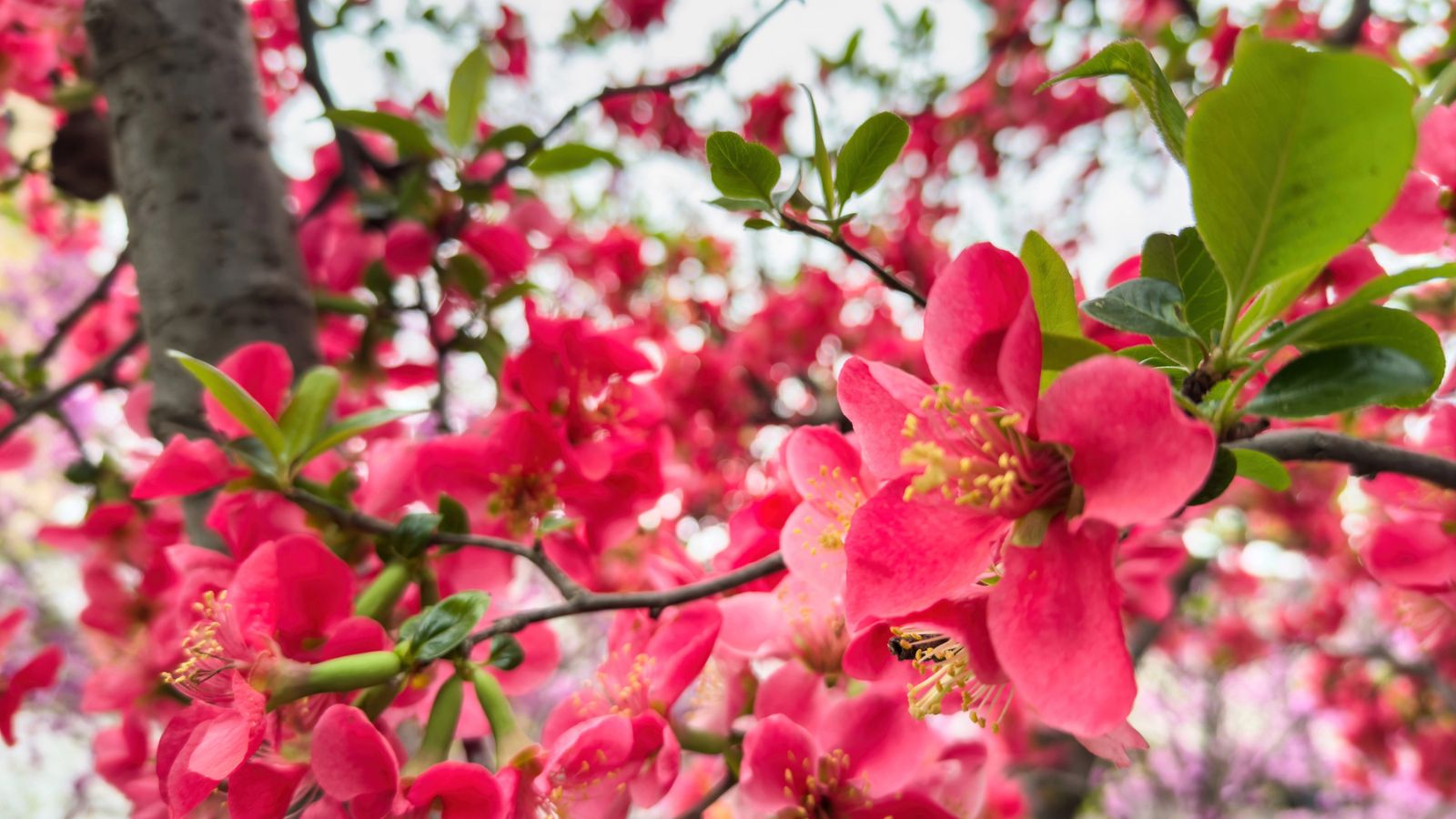

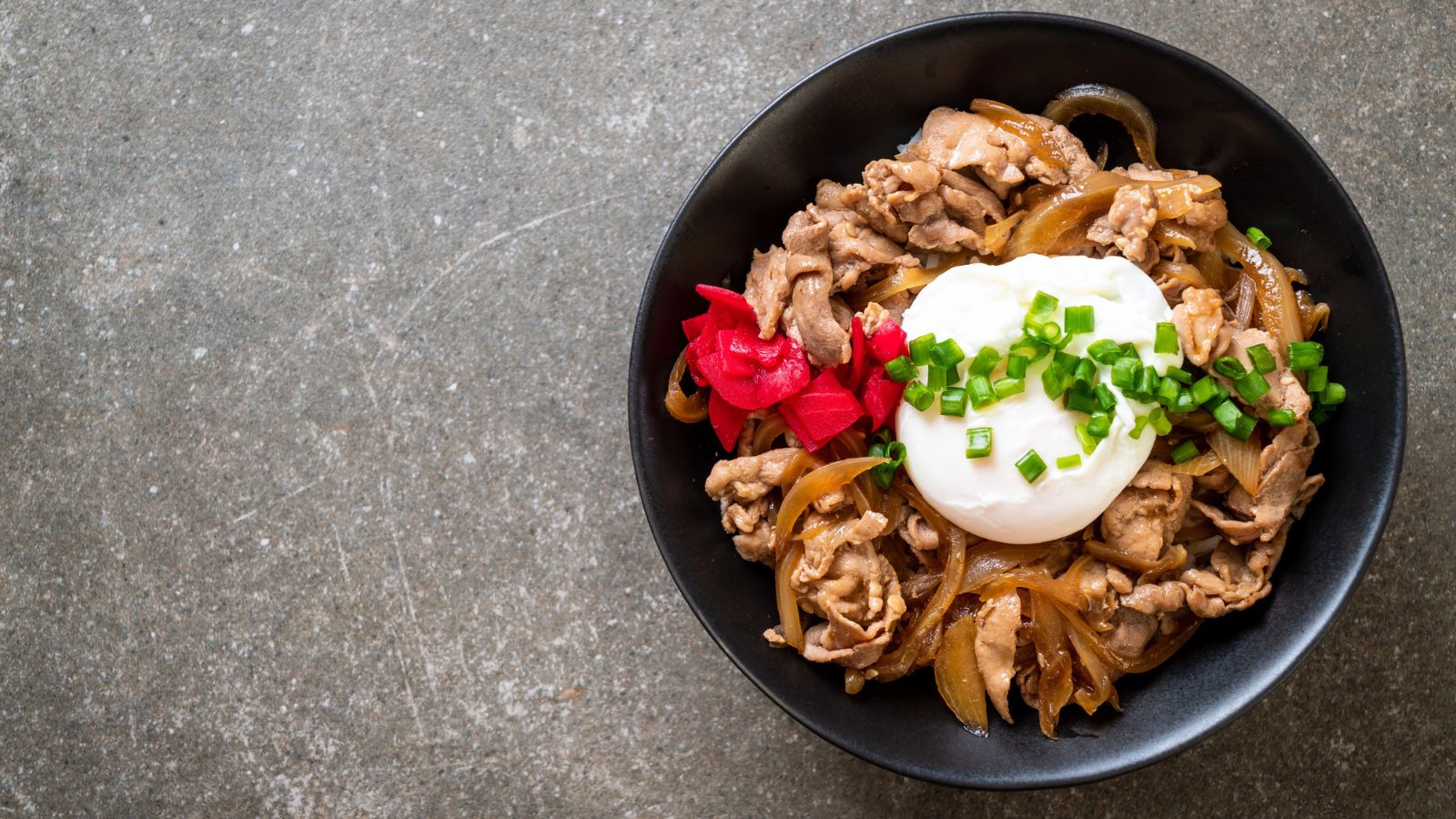
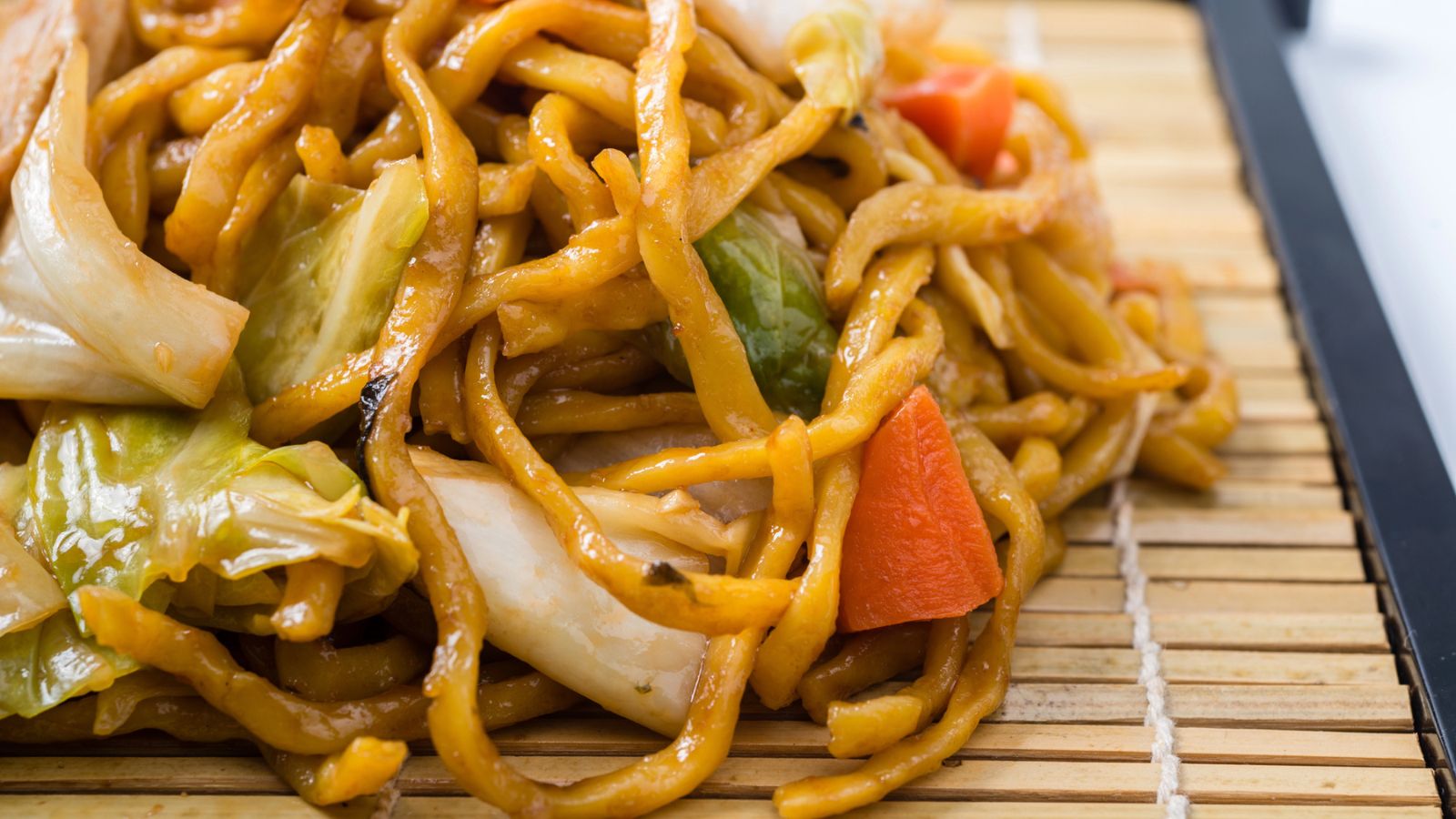
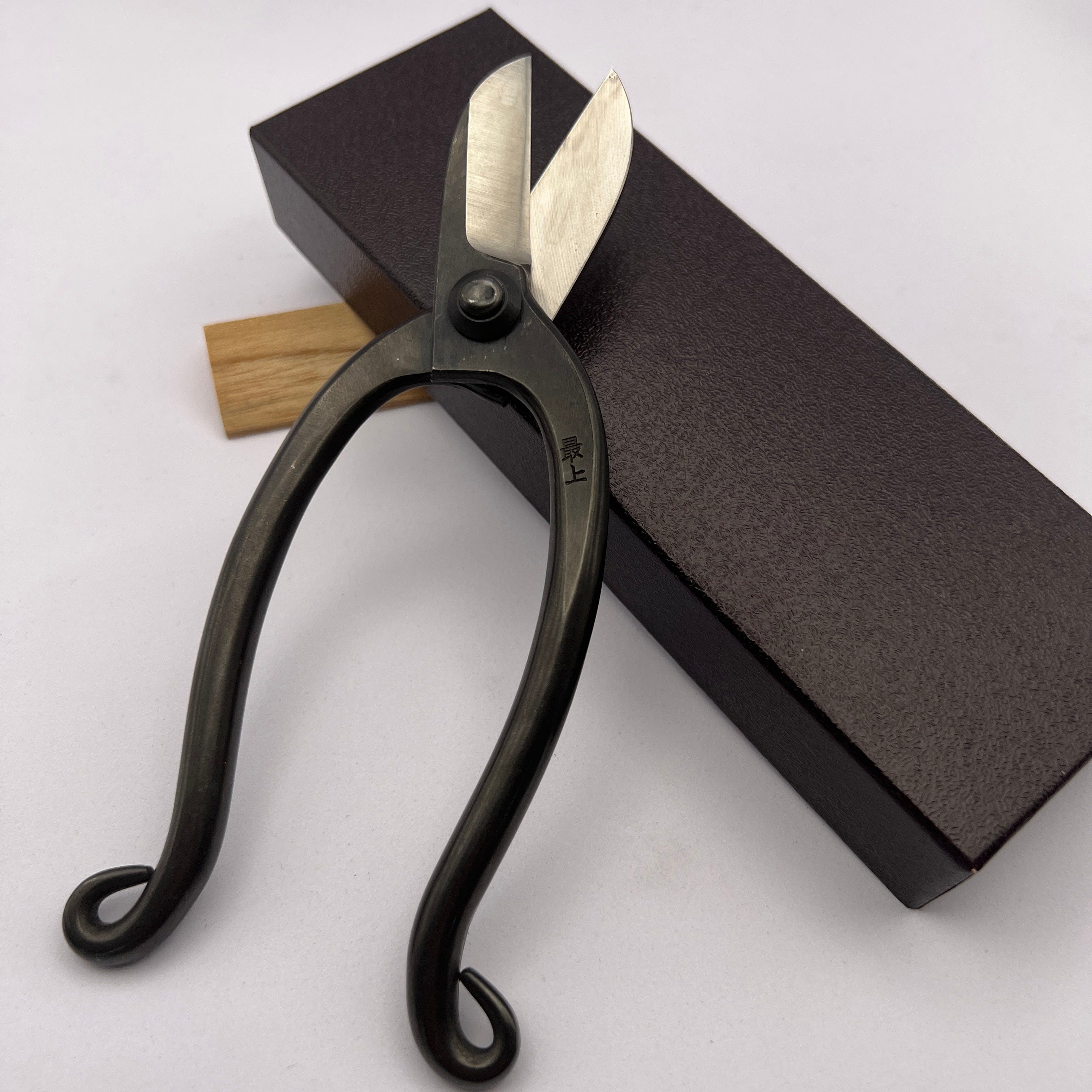
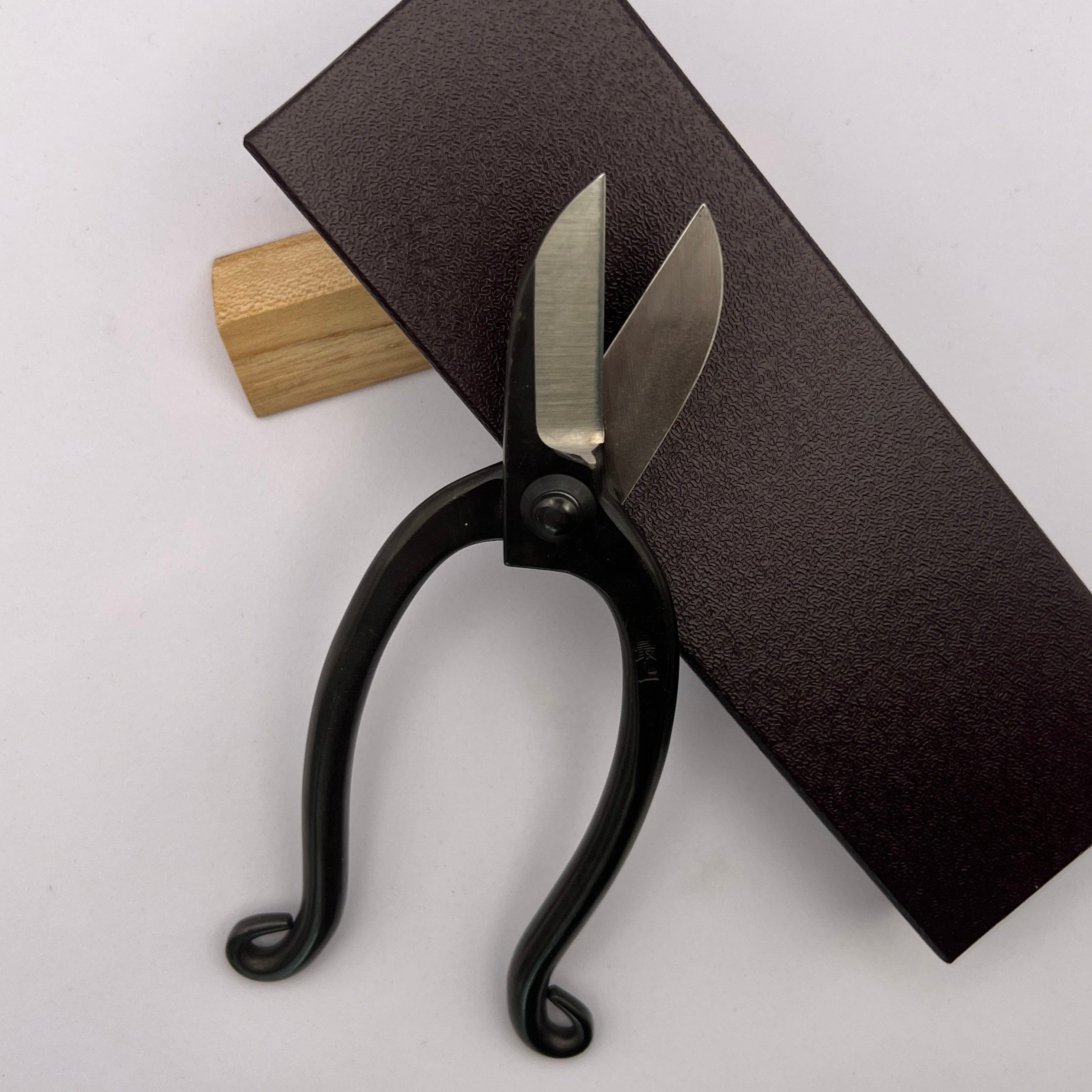
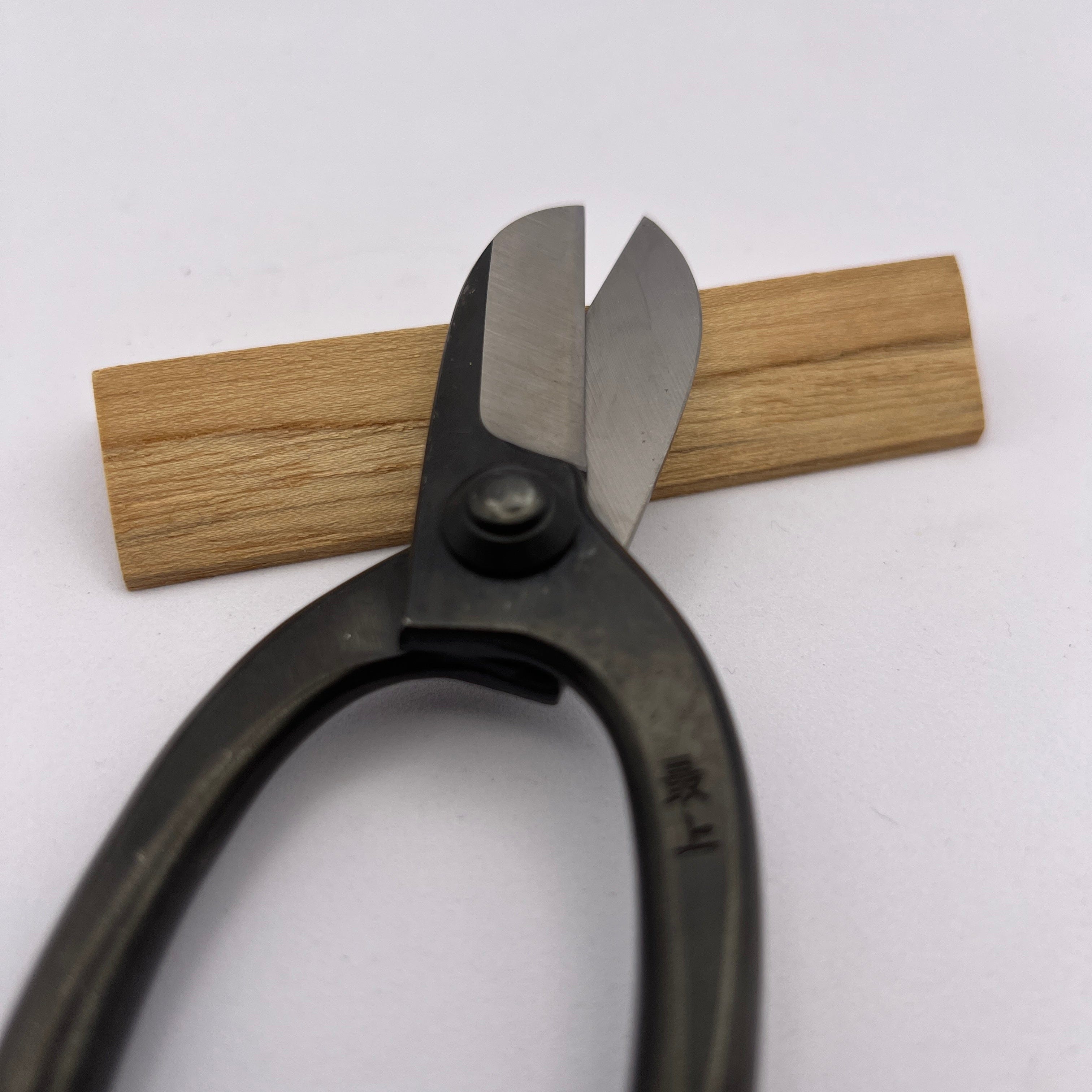
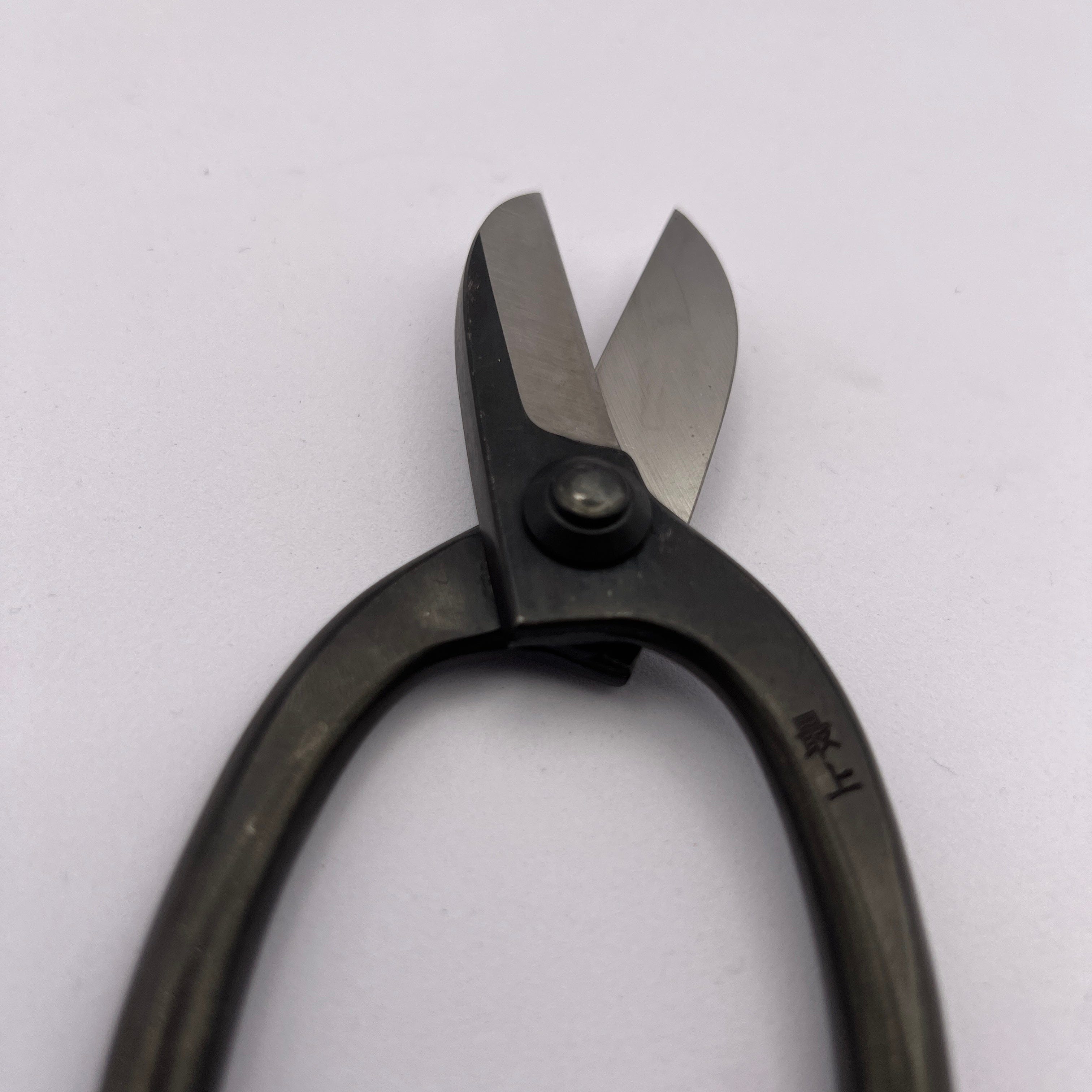
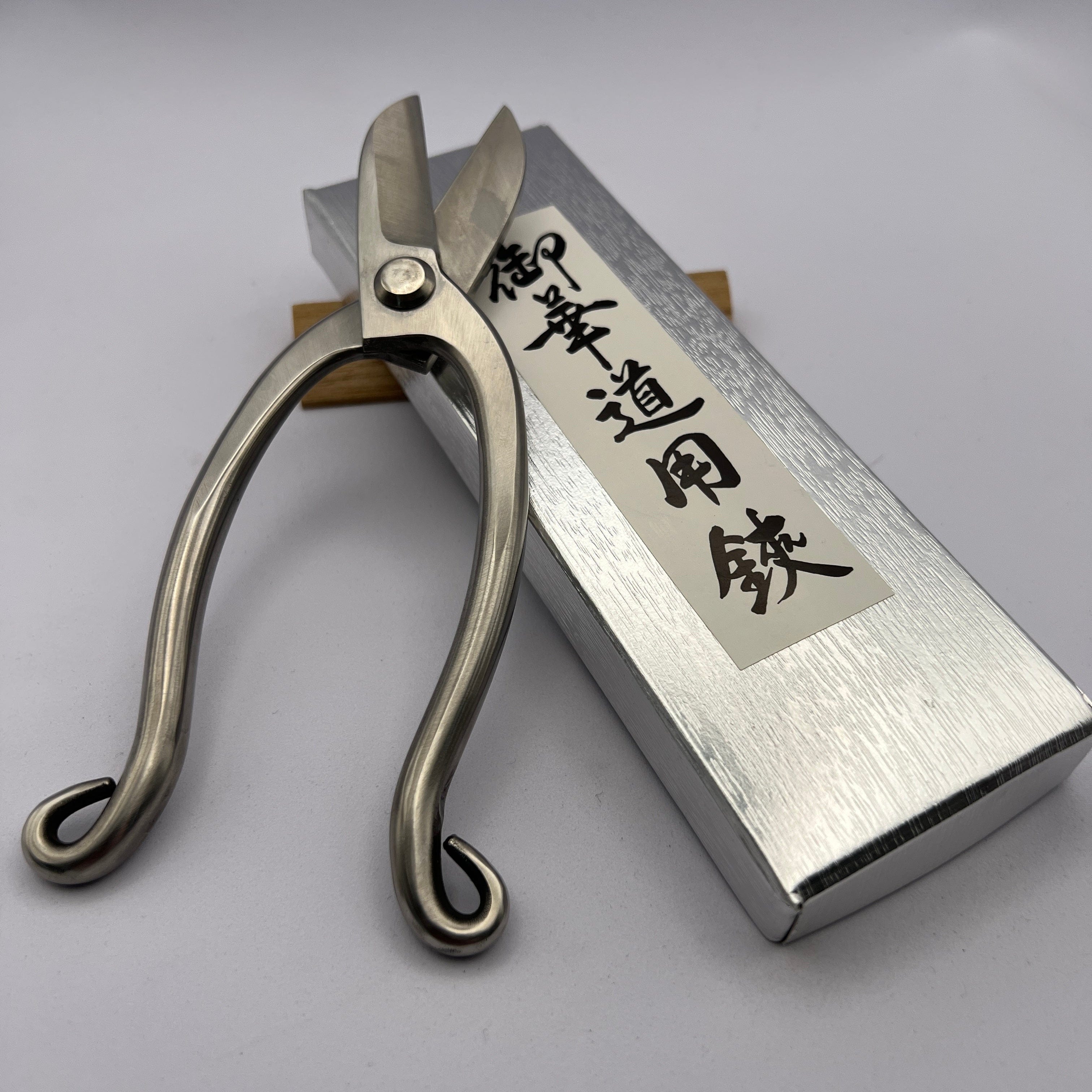
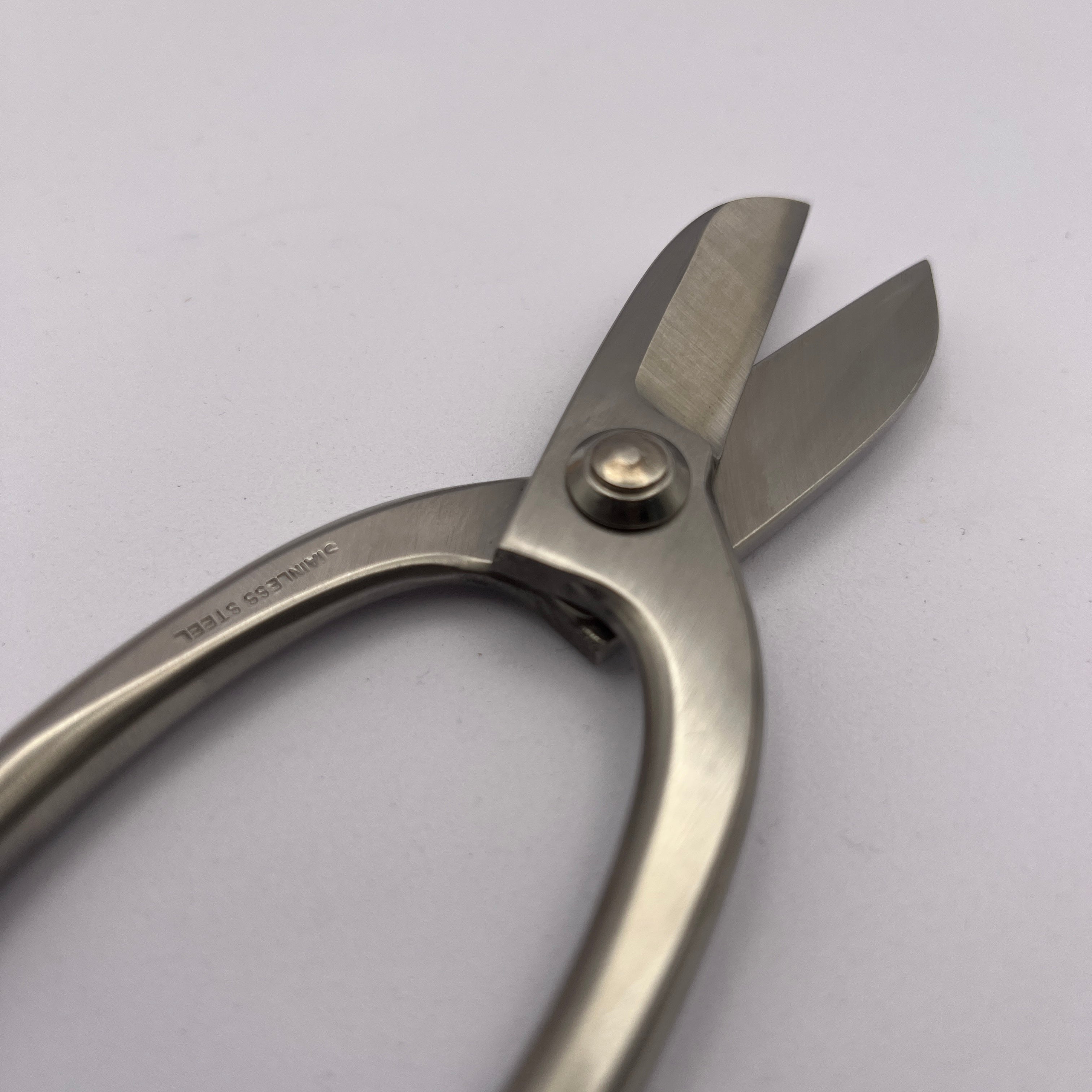

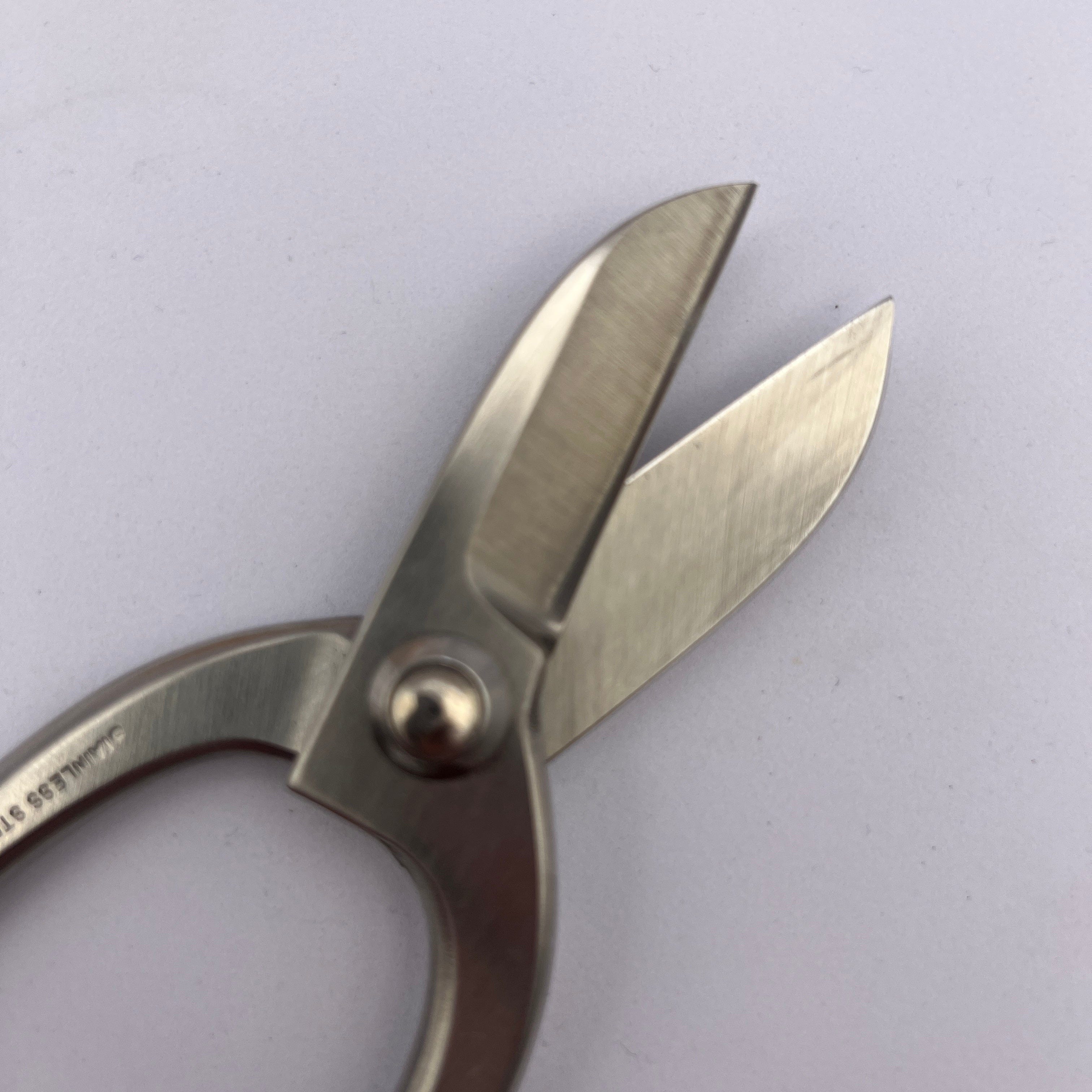
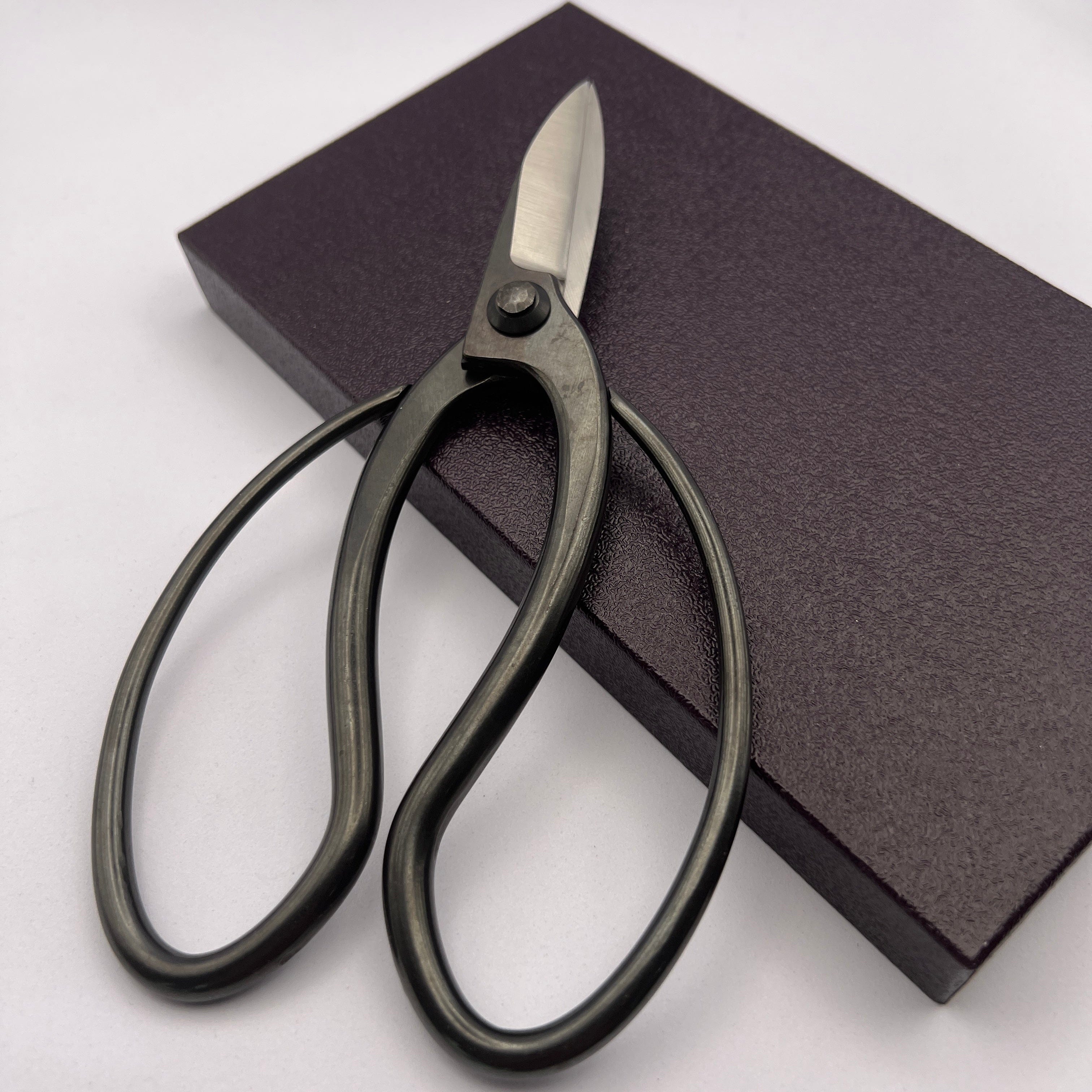

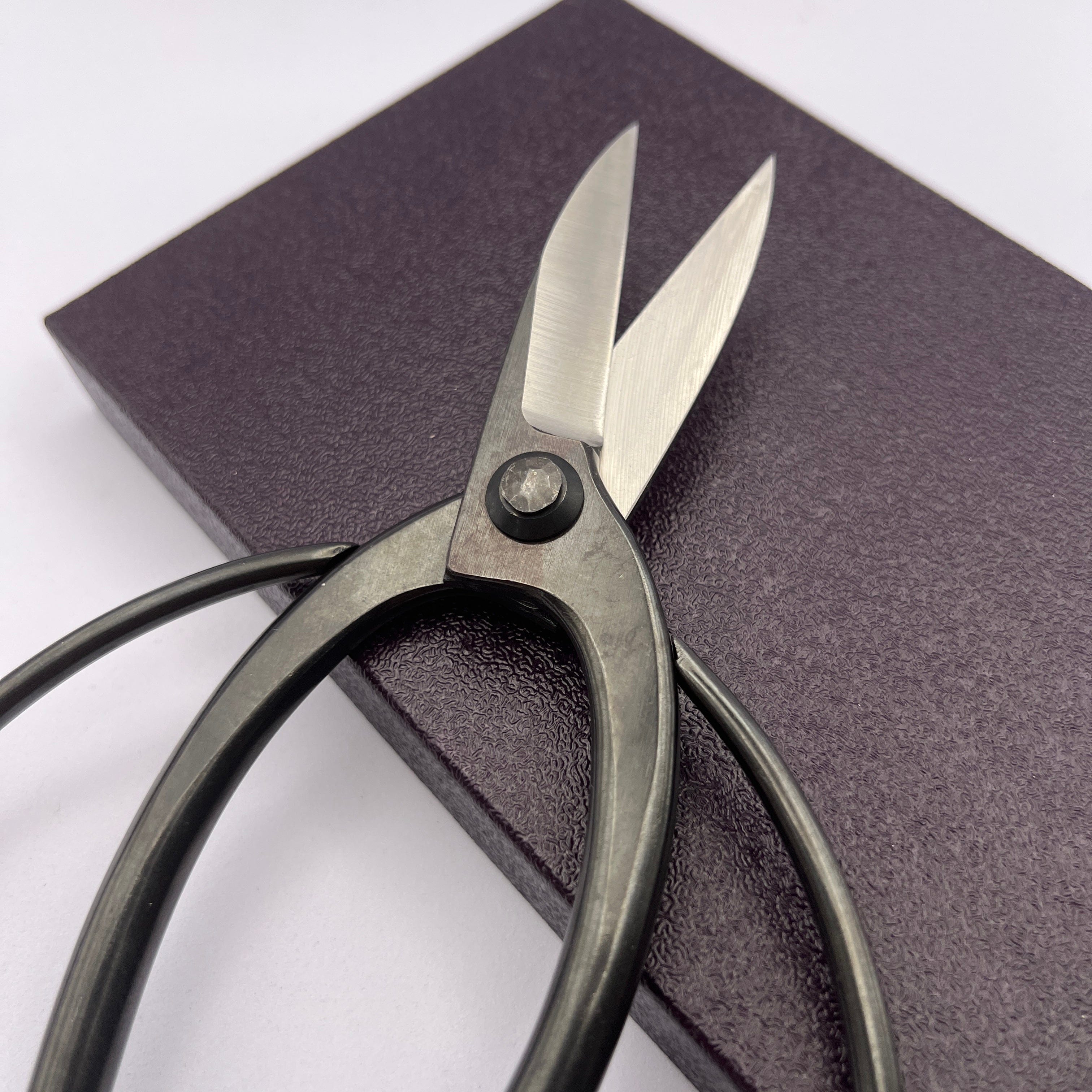
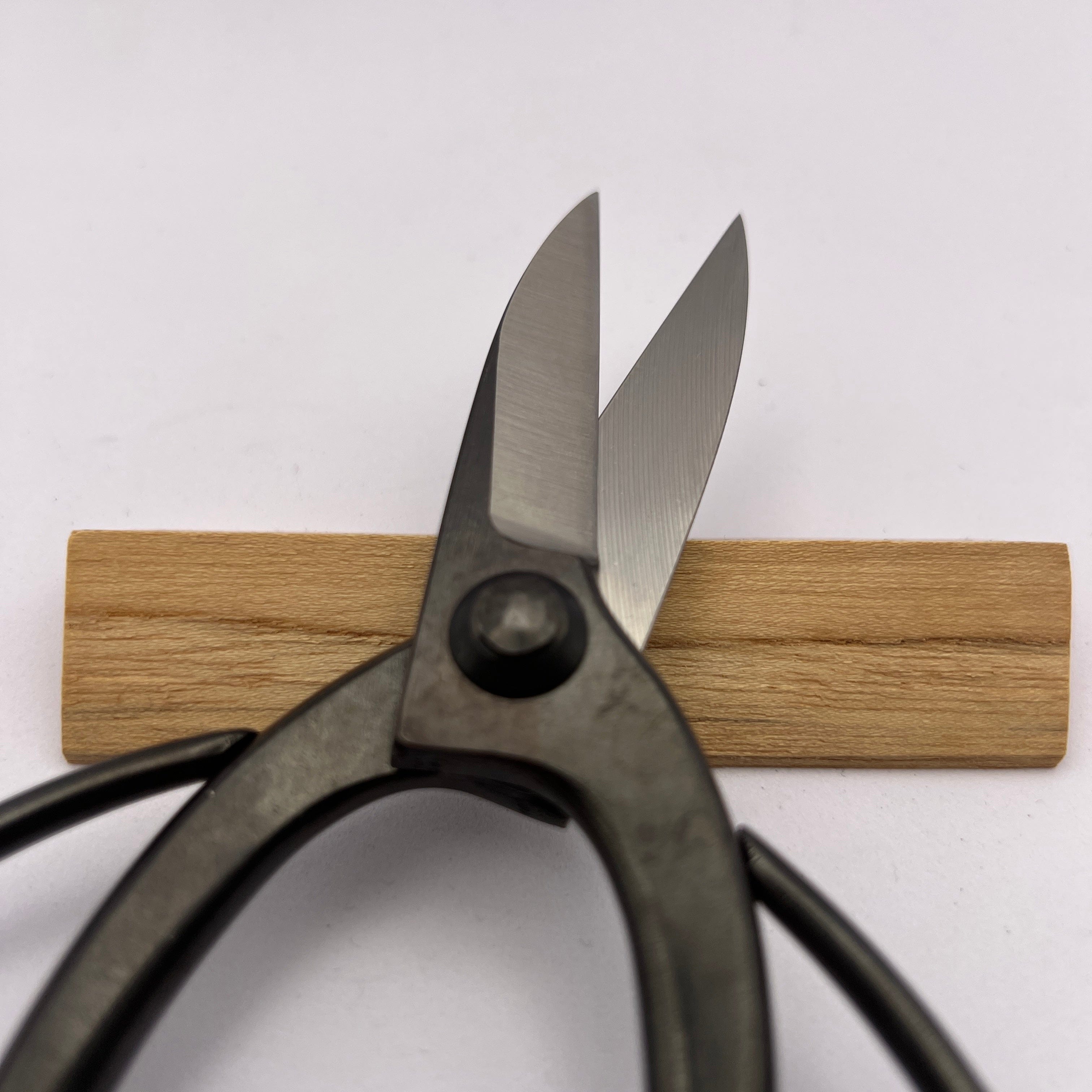
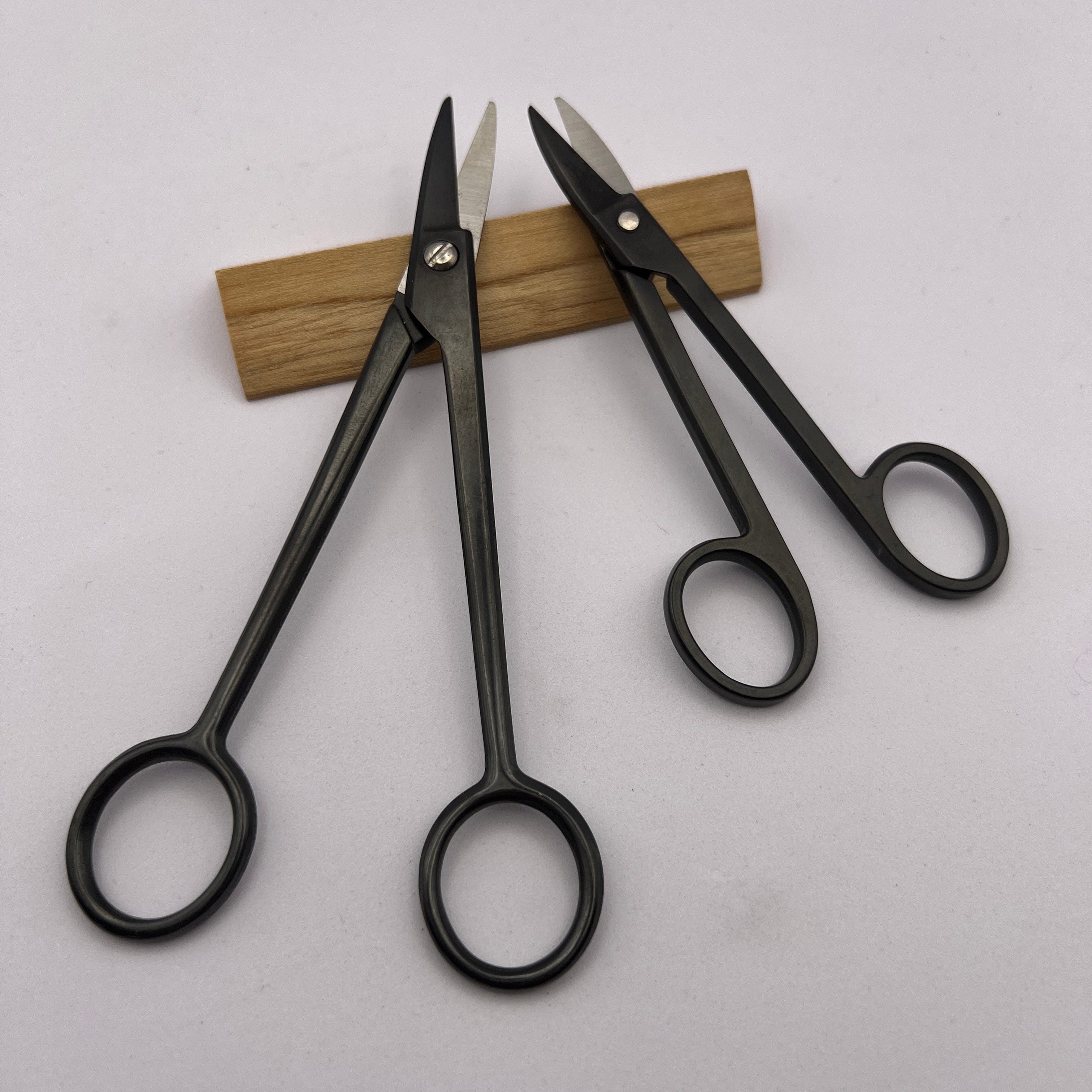

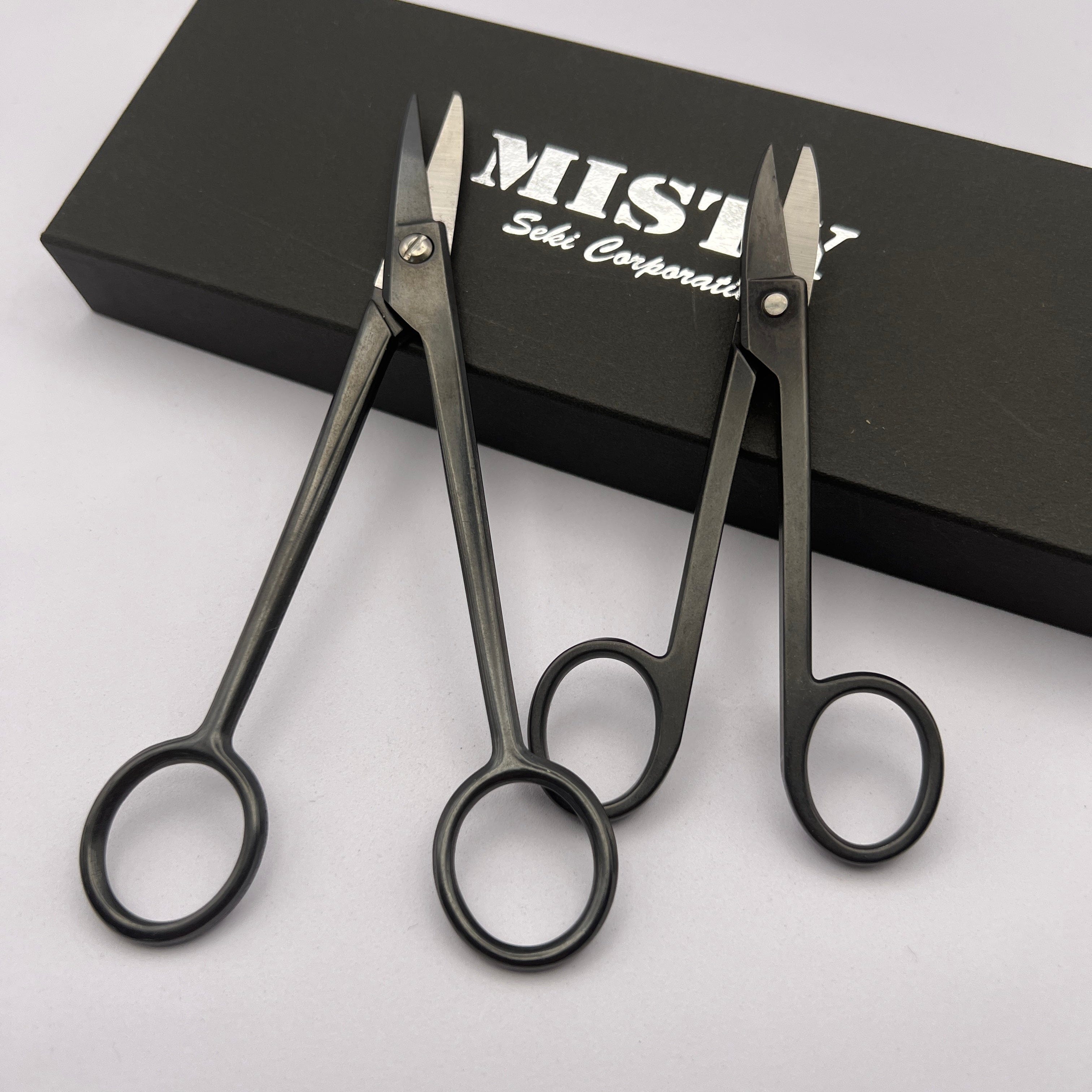
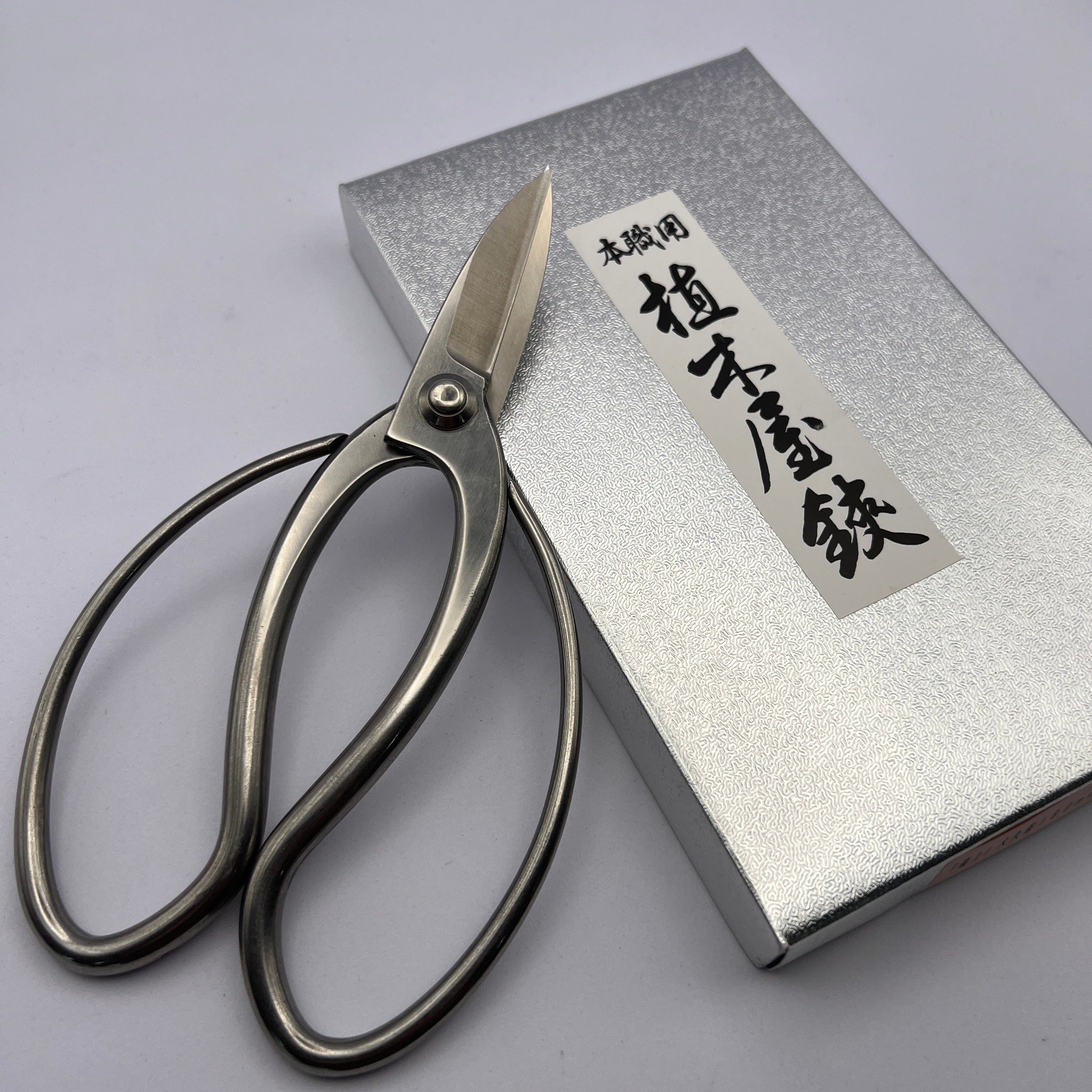
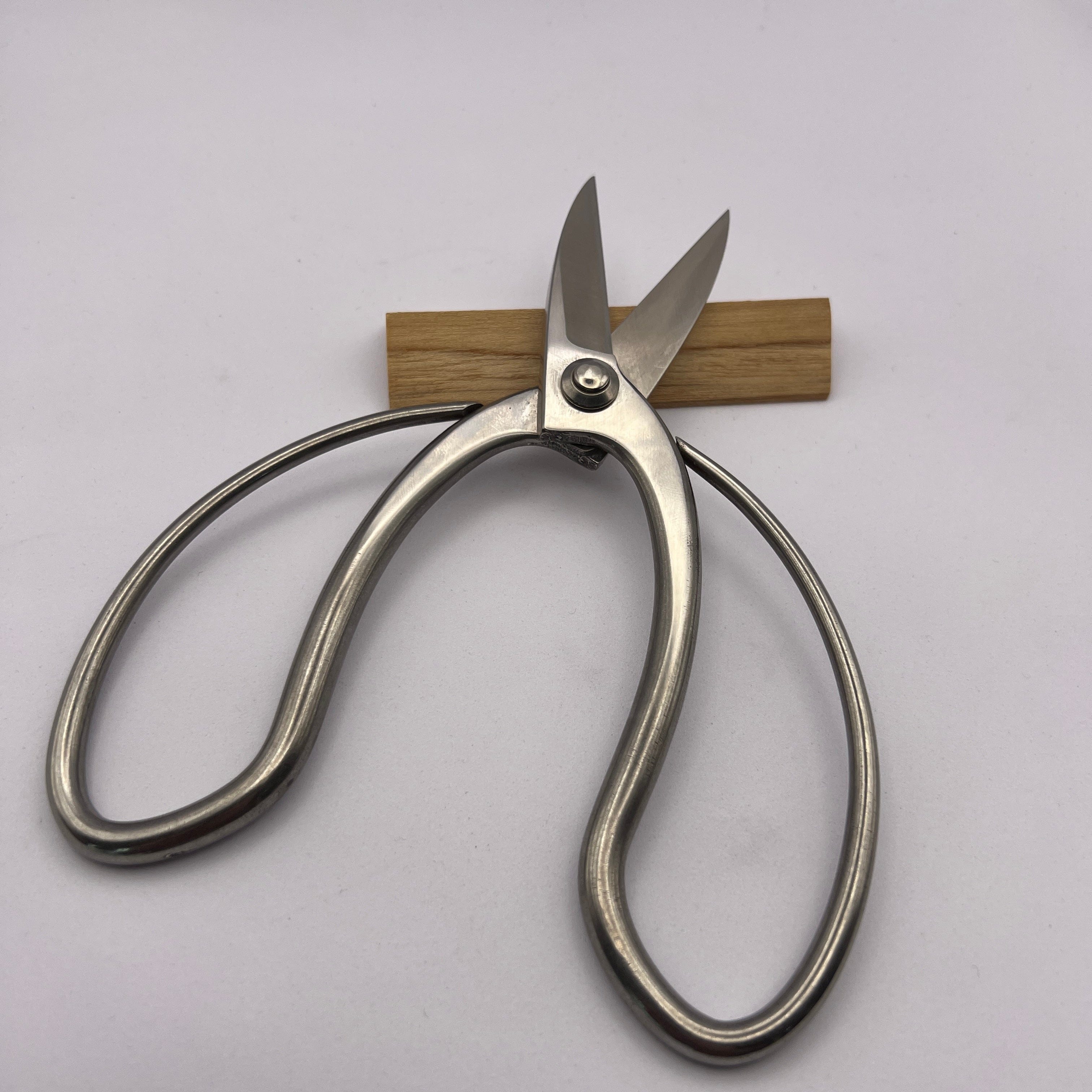
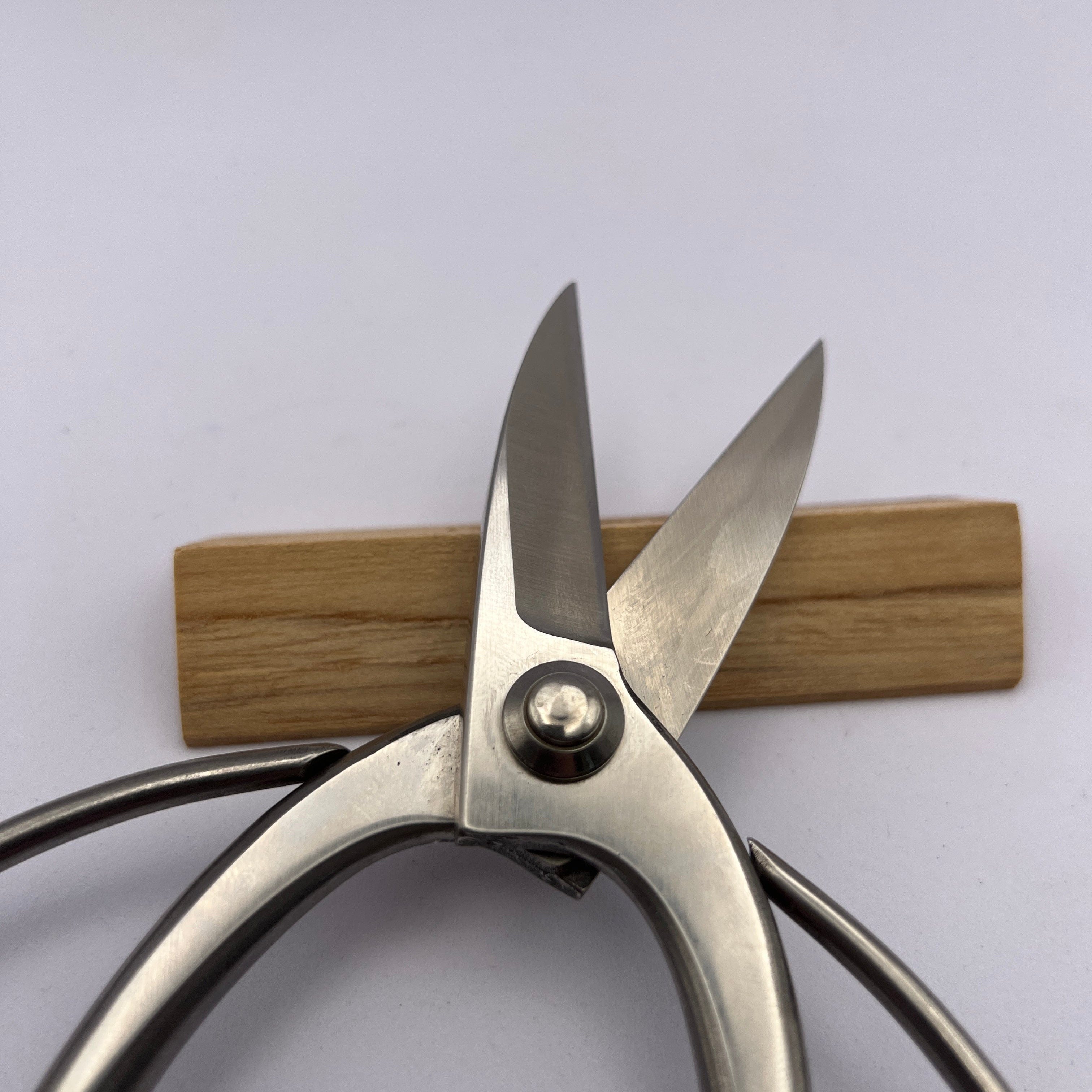
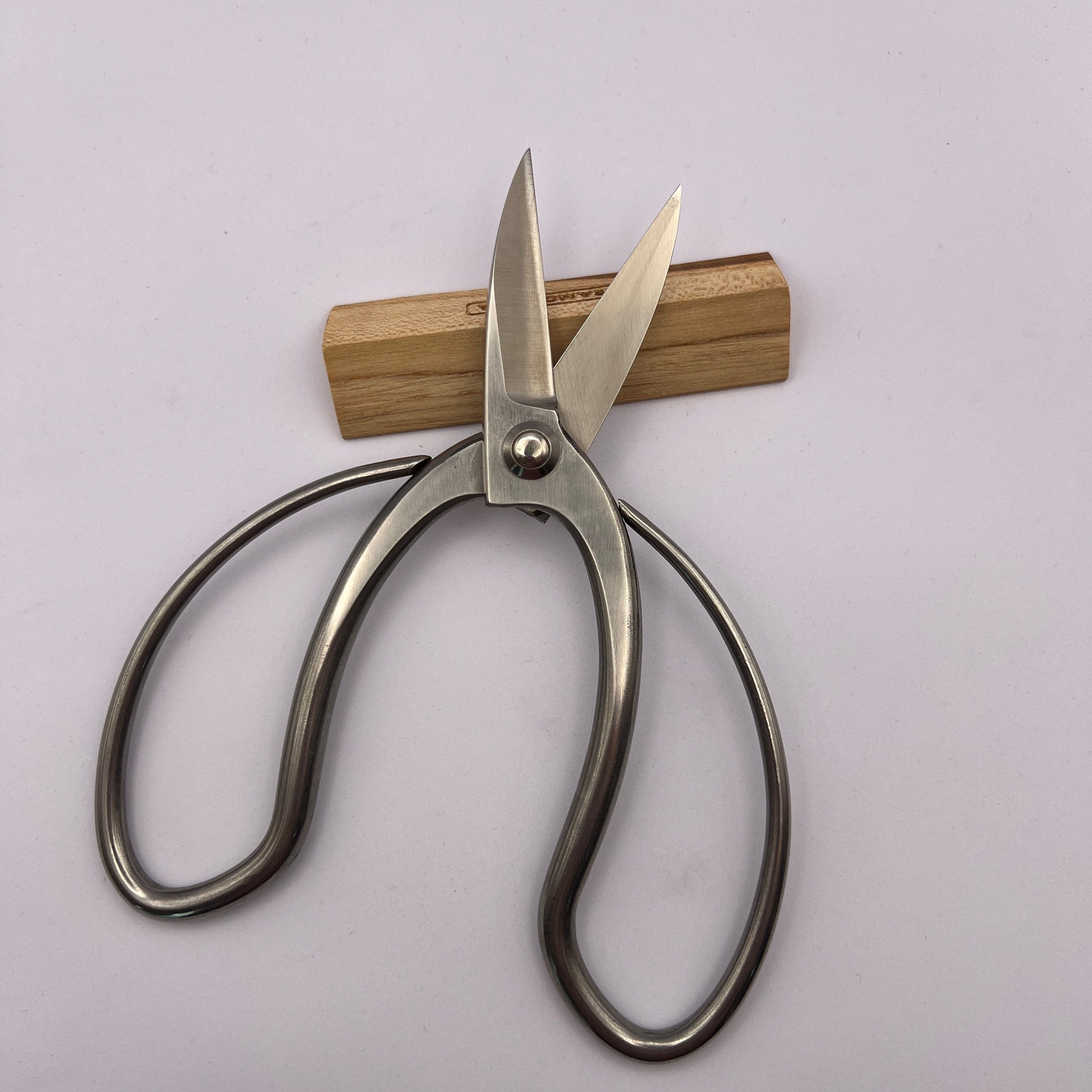
Share: